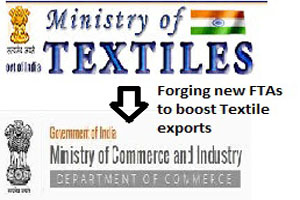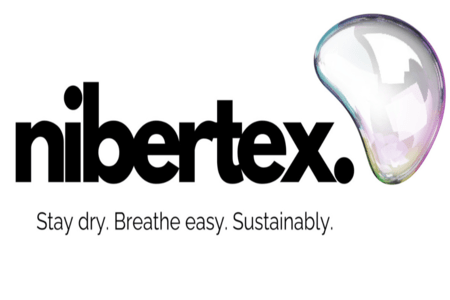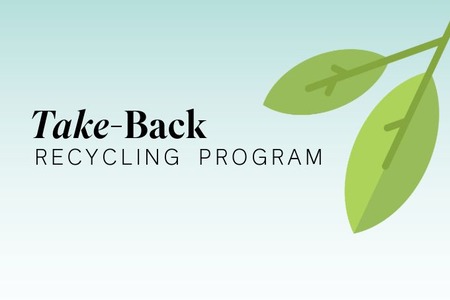
Textile Ministry recommends corrective measures to boost textile exports
YarnsandFibers News Bureau 2015-12-24 17:00:00 – New DelhiIn the last few months, India’s textile and apparel exports growth have slowed down on account of various internal and external factors (textile and garment exports rose 0.6% to almost $18 billion in the first half of the current fiscal from a year before). The textile and garment exports target of $47.5 billion for 2015-16 with a projected growth rate of almost 14% from a year before is all set to be missed. Indian exporters are facing turmoil in global markets for which the ministry of textiles has recommended corrective measures to other ministries concerned in consultation with industry stakeholders.
Some of these are reduction of excise duty on man-made textiles from 12% to 6%; enhancement of market coverage under the Merchandise Exports from India Scheme (MEIS); upward revision of duty drawback rates as well as value caps; continuation of interest subvention scheme and expanding its scope; and providing working capital at 7% to exporters under priority sector lending.
Of these, the government has taken action on recommendations related to MEIS, duty drawback (rates were raised by 2% for textile products in November) and interest subvention. Export promotion councils and other trade bodies have appreciated this timely action, which will lead to an improvement of textile and apparel exports from India.
The ministry of textiles realizing the potential impact of FTAs, including TPP, where the inclusion of a significant apparel producer, Vietnam, in TPP has the potential to shift global trading pattern, as Vietnam will get duty-free access to the US, Canada and Australia. Vietnam is already the second-largest apparel exporter to the US with a market share of 10%, getting duty advantage can help the country grow its apparel exports rapidly. In order to gain sustainable competitiveness and edge over countries like Vietnam, the ministry of textiles is actively engaged with the ministry of Commerce in forging new FTAs with major textile and apparel markets to offset the impact of TPP. India needs to sign FTAs with important markets like the EU, the US, CIS countries, South Africa and Turkey, and also with emerging markets in Latin America.
The ministry of textiles has also referred several issues to the ministry of labour and employment to make labour laws flexible. The proposals include raising over-time limit for employees from 50 hours a quarter to 100 hours; relaxing restrictions on work during night for women in factories; revision of over-time wages at the rate of one-and-a-quarter times of the regular rate (as per ILO convention numbers 1 and 30) instead of two times; redrafting regulatory framework for labour issues in compliance with India’s ILO obligations; and also introducing fixed-term employment under the sub-section 1(15) of the Industrial Employment (Standing Orders) Act, 1946.
The existing Revised Restructured TUFS (RR-TUFS) is also under review and a draft note for the Cabinet Committee on Economic Affairs (CCEA) has been circulated among relevant ministries. The decision is expected soon.
Against the voiced raised by the textile industry against the pending and delays in clearance of TUFS subsidies An allocation of R1,413.68 crore has been made under the scheme during 2015-16, of which R882.49 crore has been disbursed until November 30. Further claims under Restructured TUFS and RR-TUFS for R211.92 crore are under process with the ministry for release, which relates to claims up to the June quarter of 2015-16.
For reviewing the textile policy 2000, the textile ministry had constituted an expert committee—headed by Ajay Shankar, member secretary of the National Manufacturing Competitiveness Council. The committee has since submitted a draft vision, strategy and action plan. This document has proposed for additional job creation of about 35 million, export of $185 billion (both textiles and apparels), domestic production level of $350 billion and investment of $200 billion by 2024-25. Based on this, the ministry has initiated consultation with various stakeholders—including industry associations and export promotion councils—and started a study of textile policies of various state governments. The draft is under process for consideration by the committee of secretaries.
Also a customs clearance facilitation committee at all ports has been set up which is headed by the chief commissioner of customs and consists of stakeholders from all agencies pertaining to clearance of goods. They have decided to constitute a project management unit and a project management group—while the unit comprises secretary of textiles committee and director (exports) in textile ministry, among others, the group includes joint secretaries for exports and AMR and secretary of textiles committee.
The ministry has introduced risk-based inspection of goods. The Directorate General of Foreign Trade (DGFT) has been requested to relax the testing samples in respect of countries where azo dyes have been banned and DGFT has issued a fresh notification for this purpose.
There has been delegation of power to customs officers for drawing samples, where required, of exported and imported goods. As far as imports are concerned, customs officers are only authorised to draw samples and forward the same to the textile committee.
The Ministry of textiles has also approved proposal for setting up a new textile laboratory of the textile committee at the Cochin port. Moreover, a standard operating system is prepared in collaboration with the textile committee for testing of articles containing azo dyes, and reducing the time for testing samples from four days to two days online.
Regarding risk management, a letter has been written by the textile secretary to the revenue secretary to integrate EDI software of customs and the textile committee so that online test reports can be generated and communicated to the stakeholders swiftly.
Market Intelligence
Ask for free sample Report

experience
Customer Base
dedicated team
Countries Served Worldwide









